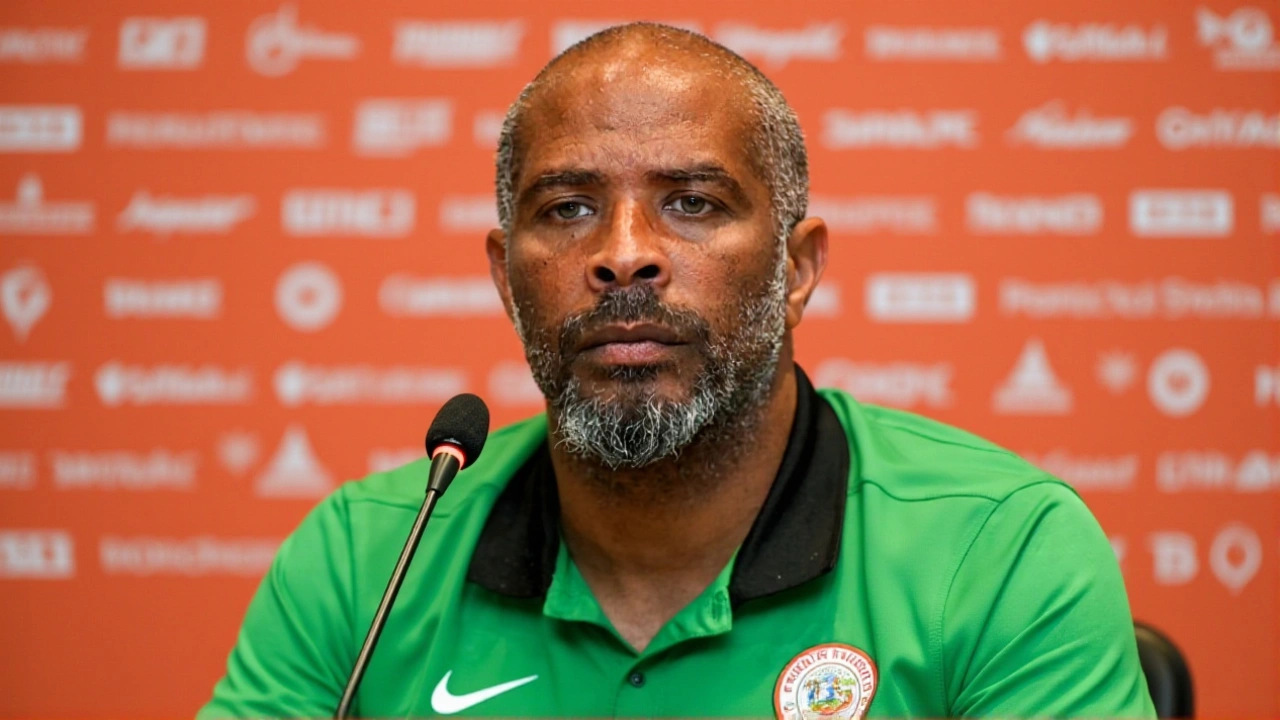Lesotho Water & School News
When talking about Lesotho, a landlocked kingdom in Southern Africa famous for its highland catchments and as the source of the Orange River. Also known as the Kingdom of Lesotho, it faces unique hurdles delivering clean water to its schools.
These hurdles don’t exist in isolation. South Africa, the neighbor that shares the Orange River, shapes water allocation through bilateral agreements. South Africa’s water policy influences how much flow reaches Lesotho’s high‑altitude reservoirs. The cross‑border dynamic means any policy shift in South Africa directly impacts Lesotho’s school water projects.
At the heart of the issue is water safety, the set of standards and practices that keep drinking water free from contaminants in schools. When safety protocols slip, students face health risks that can affect attendance and learning. Local health officials monitor bacterial levels, while NGOs often supply filtration kits to bridge gaps.
Closely tied to safety is education, the system of primary and secondary schools that rely on consistent water supply for hygiene and learning activities. Teachers report that unreliable water makes it harder to run science labs, clean classrooms, and enforce proper hand‑washing, which in turn hampers student performance.
Governance plays a decisive role. The Lesotho Ministry of Education works with the Ministry of Water Resources to draft Lesotho‑specific guidelines that align with regional standards. These guidelines outline infrastructure requirements, maintenance schedules, and funding mechanisms, ensuring that every school has a baseline level of water access.
Funding streams come from a mix of government budgets, international donors, and private‑sector partnerships. For example, the African Development Bank backs rural water projects, while local businesses sponsor solar‑powered pumps. These investments aim to reduce reliance on outdated gravity‑fed systems that can falter during dry seasons.
Technology also reshapes the landscape. Real‑time monitoring sensors installed in school tanks send alerts to technicians when levels drop, cutting downtime. Mobile apps let teachers log water quality tests, creating a community‑driven accountability loop that catches problems early.
Seasonal patterns add another layer of complexity. The rainy season replenishes reservoirs but can introduce runoff contamination, whereas the dry months strain storage capacity. Schools in the low‑lying valleys often depend on rain‑catchment systems, while high‑altitude schools tap into mountain springs.
Community involvement remains a cornerstone. Parent‑teacher associations organize clean‑up days, and students partake in water‑conservation campaigns that teach both stewardship and science concepts. Such grassroots actions reinforce the formal policies set by ministries.
Below, you’ll find a curated list of recent stories that dive deeper into these topics—from policy updates and safety inspections to on‑the‑ground project highlights. Browse the collection to see how Lesotho’s water and education sectors are evolving together.

Nigeria's Super Eagles Edge Lesotho 2-1, Keep 2026 World Cup Hopes Alive
- by Masivuye Mzimkhulu
- on 10 Oct 2025
Nigeria's 2-1 win over Lesotho keeps Super Eagles in the hunt for 2026 World Cup qualification, but a final clash with Benin still decides their fate.